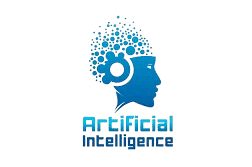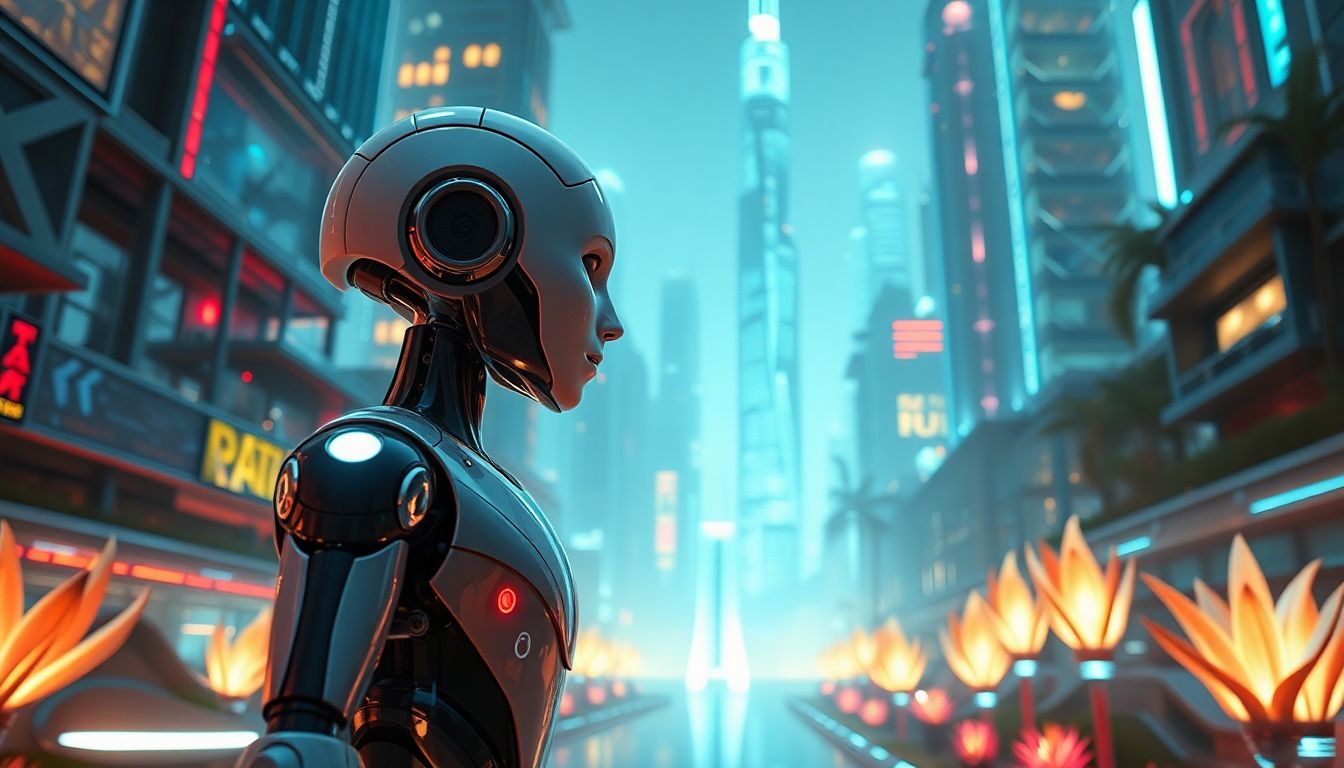From performing complex surgeries to exploring distant planets, AI robots are transitioning from science fiction to everyday reality. These intelligent machines are transforming industries and raising important questions about our future.
Understanding AI Robots
AI robots represent a significant evolution from traditional machines. Their ability to learn, adapt, and make decisions sets them apart from conventional programmed robots.
Artificial Intelligence in Robotics
- Machine learning: Enables robots to improve through data analysis
- Natural language processing: Allows understanding of human speech
- Computer vision: Gives robots the ability to interpret visual information
- Decision-making algorithms: Permit autonomous problem-solving
Key Components
- Sensors for environmental data collection
- Advanced processors for real-time analysis
- Adaptive mechanical systems
- Integrated software-hardware systems
AI Robots in Action Today
Manufacturing Revolution
- Precision assembly with microscopic accuracy
- Automated quality control inspections
- Material handling and transportation
- Automotive painting and welding applications
Healthcare Advancements
- Surgical robots enabling minimally invasive procedures
- Patient assistance and rehabilitation robots
- Pharmaceutical research automation
- Elderly care and companionship solutions
Logistics and Delivery
- Automated warehouse sorting systems
- Inventory management robots
- Last-mile delivery solutions
- Autonomous material handling vehicles
Customer Service Enhancement
- Intelligent chatbots for 24/7 support
- Interactive kiosks for retail assistance
- Virtual assistants for personalized service
- Automated complaint resolution systems
The Future of AI Robotics
Technological Advancements
- Improved machine learning algorithms
- Enhanced sensory capabilities
- Greater energy efficiency
- Smaller, more versatile form factors
Emerging Applications
- Educational assistants in classrooms
- Space exploration and extraterrestrial research
- Environmental monitoring and conservation
- Disaster response and recovery operations
Ethical and Societal Implications
Key Concerns
- Workforce displacement and job transformation
- Data privacy and security risks
- Algorithmic bias and fairness
- Accountability for autonomous decisions
Balancing Benefits and Risks
- Developing ethical guidelines for AI development
- Implementing responsible deployment practices
- Establishing regulatory frameworks
- Promoting transparency in AI systems
Advantages and Challenges
Benefits
- 24/7 operational capability without fatigue
- Superior precision and consistency
- Increased productivity and efficiency
- Long-term cost savings and ROI
- Ability to perform dangerous tasks safely
Limitations
- High initial investment costs
- Technical complexity of implementation
- Integration with existing systems
- Ongoing maintenance requirements
- Workforce adaptation challenges
Maximizing the Potential of AI Robots
Education and Workforce Development
- Investing in STEM education programs
- Creating retraining initiatives for displaced workers
- Developing human-robot collaboration skills
Policy and Governance
- Establishing ethical development standards
- Implementing safety regulations
- Creating accountability frameworks
Collaborative Innovation
- Encouraging public-private partnerships
- Supporting interdisciplinary research
- Promoting international cooperation
Looking Ahead
AI robots represent one of the most transformative technologies of our time, offering tremendous potential to improve our lives while presenting significant challenges. By approaching their development and deployment thoughtfully – with emphasis on education, ethical guidelines, and collaborative innovation – we can harness their benefits while mitigating risks. As this technology continues to evolve, staying informed and engaged will be crucial for shaping a future where humans and AI robots work together productively.

